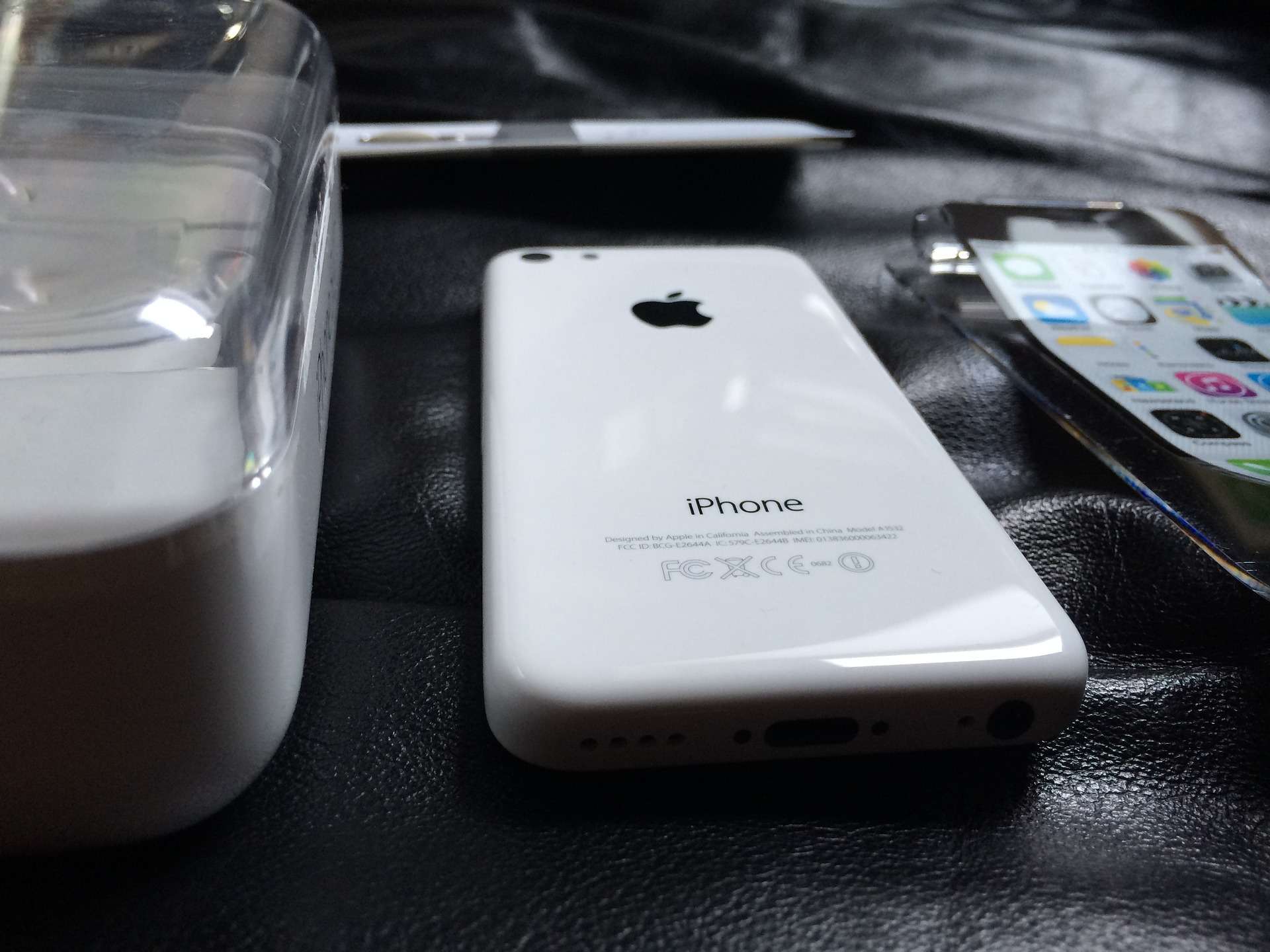Details are emerging about how exactly the FBI managed to get into San Bernardino shooter Syed Farook’s device without the so-called “govtOS” it had been demanding from Apple.
ABC News has spoken to unnamed sources who have outlined the process through which the government finally cracked the stubborn encryption on the iPhone 5c. And while their statements mostly just confirm what we’ve heard before, the story takes some interesting turns.
Check out ABC’s report below.
ABC Breaking News | Latest News Videos
The government dropping its case against Apple, which has cited government overreach and the security of hundreds of millions of users’ data, does not quite end the debate because it has not established a legal precedent to dictate future cases. If the method the government has used in this case fails in future investigations — especially if upcoming versions of the iPhone’s operating system close whatever gap has allowed access this time — the legal proceedings and arguments about the balance between security and privacy will come right back. But for now, at least, it seems that the heat is off of Apple, and its next move is to try to figure out how the government got into the device.
The people who spoke to ABC didn’t get into the details we really want — namely, who provided the method that eventually worked and what that technique was — but they do provide some good insight.
We’d also love to hear more about the so-called “whackadoodles” who came forward claiming to be able to get into the phone. Considering the methods we have heard of have included acid, lasers, and social engineering (the last one being impossible considering the target of such a tactic is dead), it would be completely amazing to know which methods were too out there not to share.
But it’s interesting what these sources confirm: Namely, that the FBI had an “urgent meeting” on March 20 with a company it would not name (although reports say it’s Israeli security firm Cellebrite). At that meeting, the company demonstrated its method, and the higher-ups authorized it for use on the phone in custody. This past weekend, investigators made that attempt, and the Department of Justice claims it was successful.
Whackadoodles aside, the publicity this case received actually helped it attract the company that ended up providing the viable method, ABC reports.
“The solution was ‘generated as a result of the media attention,'” its sources say. And that’s probably good news for the Department of Justice because mostly, the media attention just made it look bad.


